
I get loads of questions about the Output aspect of notebooking. If you read no further, read this: Be flexible.
Advice
Allowing time for student output is a crucial part of science lesson with notebooks. Here is some advice I have about Output.
- You don’t have to make your students say, “I’m going to choose Acrostic for today’s output.”
- Teach them the different options for a few weeks, then set them free.
- Model output at first.
- Show examples of what other students are doing. Those ideas will stay in their heads and you will see creativity increase over time.
- Provide specific verbal feedback as you walk around.
- Many students will do a combination of things. Maybe they draw and write. Go with it!
- Meet with students during your 10-minute Output time to check for understanding.
- The easiest Output to start with is providing a sentence stem.
- Drawing and doing a Quick Write about what they learned was the most popular “I Learned” page for my students.
- You may want to encourage individual students to mix it up a bit, but forcing an Output on students doesn’t end well.
- Remember this is their time to CHOOSE how to process and apply new learning.
- Be flexible!
Output Idea Examples
Four different students will have four different ideas about how to process their learning. Output is automatic differentiation! Here are some ways they might process new learning in their Output.
Guide to Teaching Output
Want tips for teaching output and more photo examples?
Get a copy of Setting Up Your Science Notebook in the Science Penguin Free Resource Library.
Get a copy of Setting Up Your Science Notebook in the Science Penguin Free Resource Library.
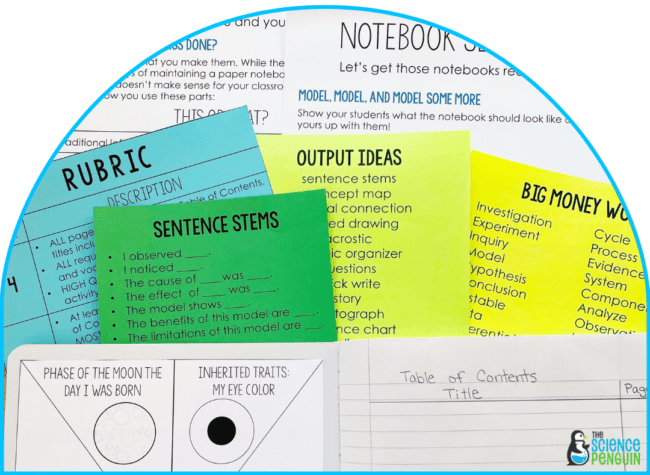
Sign up for the free guide!
Sign up using your personal email and check your email now for immediate access to Setting Up Your Science Notebook.
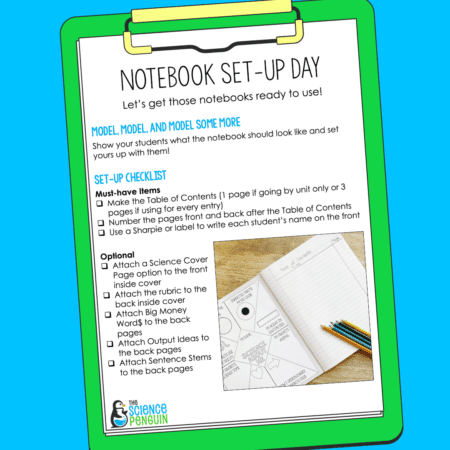
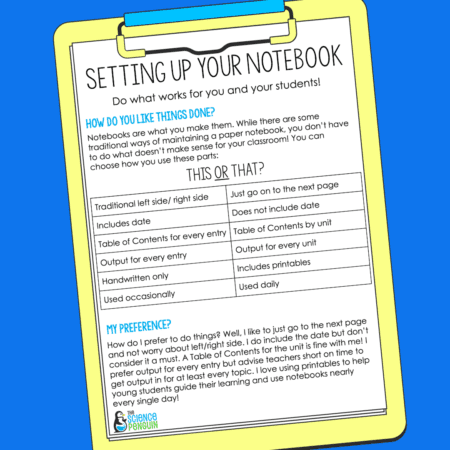

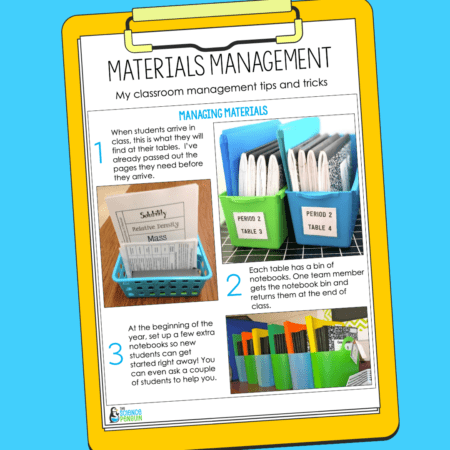


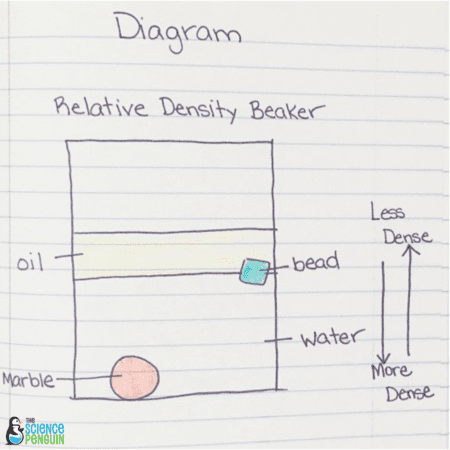
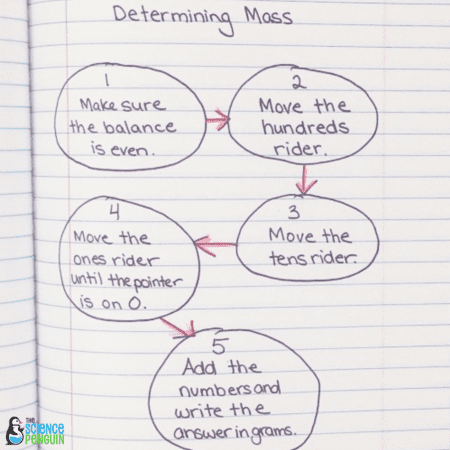
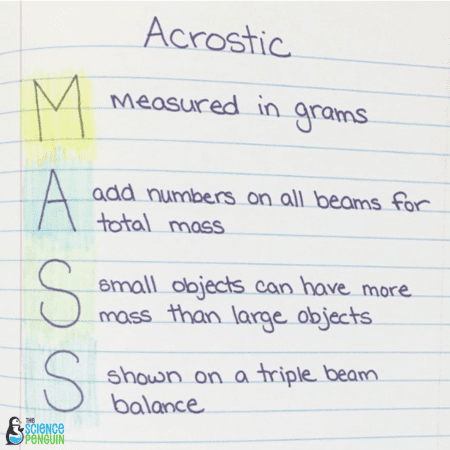


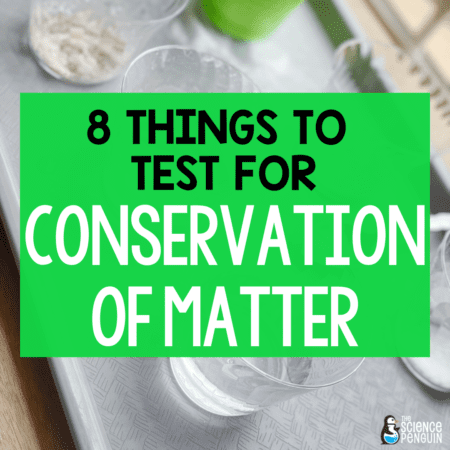

17 thoughts on “The Scary, Scary Output of Science Notebooks: Advice for Teachers”
I teach Sped. Science classes at the 7th & 8th grade levels, would your note booking techniques be appropriate with them? I try to find creative ideas to encourage them to learn and assimilate new concepts. Do you think this would be appropriate for this level?
I imagine that these strategies would work at any level. My 5th grade SPED students retained much more information when they had time to reflect at the end of the lesson. Good luck to you!
-Ari
This is FANTASTIC! Stumbled onto your blog via Pinterest. How often do you read student Output or do you read Output? Do you use their Output for an informal formative assessment?
Thanks! Mostly, I do quick scans of it as I walk around when they are completing their pages. I can usually catch what I need to catch.
Thank you!! Especially for the examples!! This was a big help!!
Hey! I stumbled across your website via Pinterest and feel like I have fallen into a rabbit hole (in a good way). I teach 7the grade science and I have always struggled so much with the student output page. I love these posts showing examples of the activity and the out put. I also loved the videos showing how you teach the out out styles. I’d ,I’ve to see more with the other types. Thanks so much for all the great info!!!
Thanks!
Hi. There I’ve stumbled upon your blog and I am just trying to soak in as much information as possible. In just a couple of weeks I’m going to be teaching 5th grade science in FL. I am wondering what is the difference between and output page and an I Learned page? Thanks for all your advice and wonderful resources!
One of my classes called output an “I learned” page so it’s the same thing. Thanks! 🙂
-Ari
Oh okay. Gotcha! Thanks so much 🙂
Any chance of getting a look at the circle maps for the igneous and metamorphic rocks?
Sorry! All of these examples are just for sedimentary.
I teach 5th grade science. I have only an hour per class and I find it very difficult to give the students 10 minutes at the end of the hour to complete the output. Most students don’t finish and I am not getting QUALITY. I have modeled, I have given them a picture rubric, but many of them just either sit there and let the time run out or they copy verbatim my notes on their output page. With sentence stems I get something like, “I observed that the m&m dissolved faster in warm water than cold water because the water was warm.” Elaboration for them takes much longer and they almost always run out of time. Any ideas for time constraints? HW?
Hi Marina,
Thank you for contacting me! I’m so glad to hear that you’ve been working on Output with your students! The implementation strategies that I’ve outlined have always worked well for me, so it’s difficult to try and guess what might be going wrong without being physically present in your room. 🙂
I’m going to ask anyone reading to chime in with any suggestions that have worked well for them. Also, I’ll schedule a question on my Facebook page in the next couple weeks to see what other teachers are doing. https://www.facebook.com/TheSciencePenguin/
-Ari
I have the same issue, thus why I’ve been reluctant to do warmups at the beginning and reflection at the end, even though I KNOW it to be very effective. Every year I have several students who either work so slowly they could not even begin to start the thinking process in 5 minutes, or those who would just sit there until the end because they don’t really care about their learning. I’d be interested also in some suggestions here!
I love this idea! I tried to get the free resource at the end but because I’m already on your list it wouldn’t let subscribe again.
You can find the link and password to the Free Resource Library in your most recent email from ari@thesciencepenguin.com. Let me know if you don’t see it!